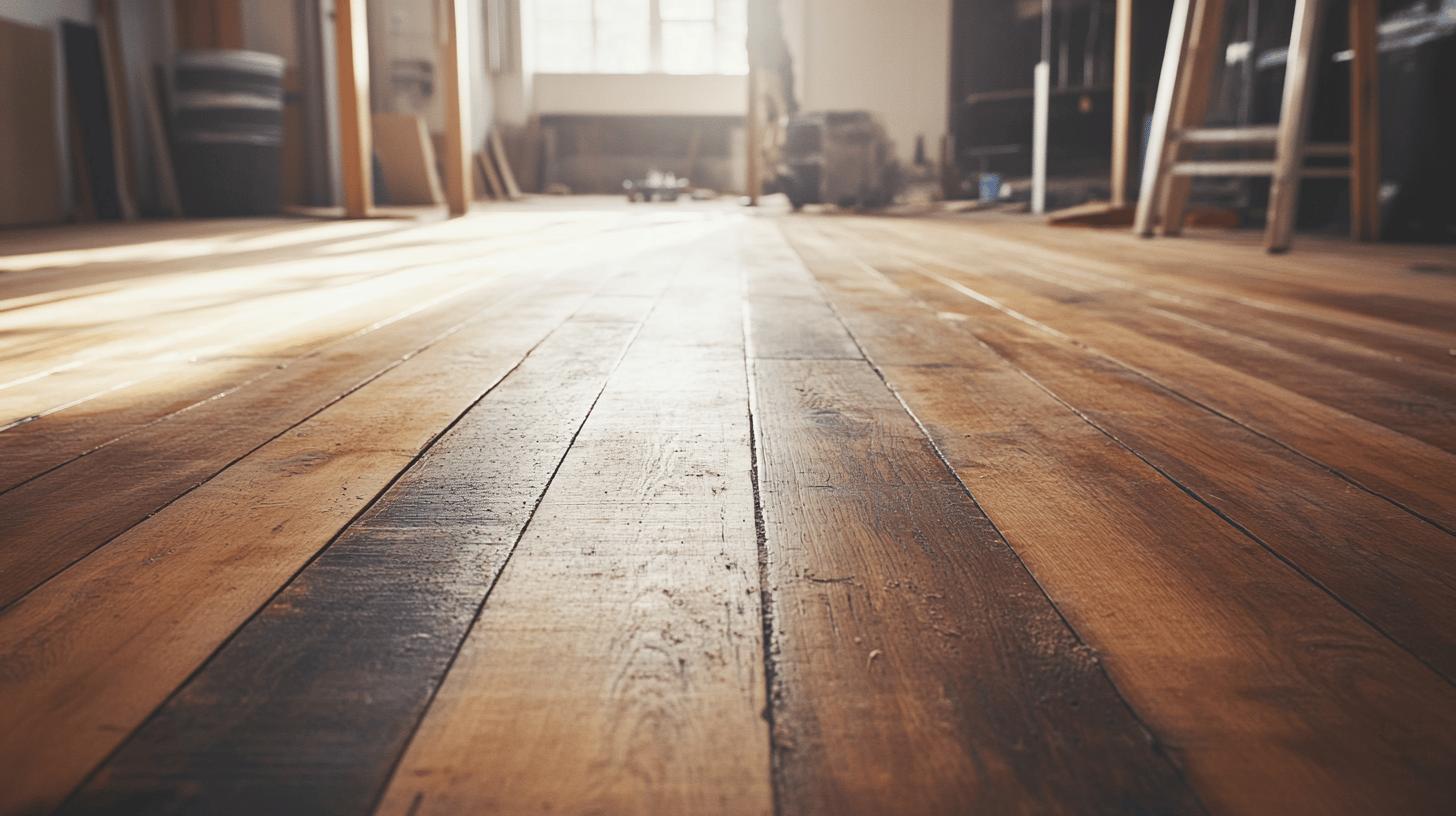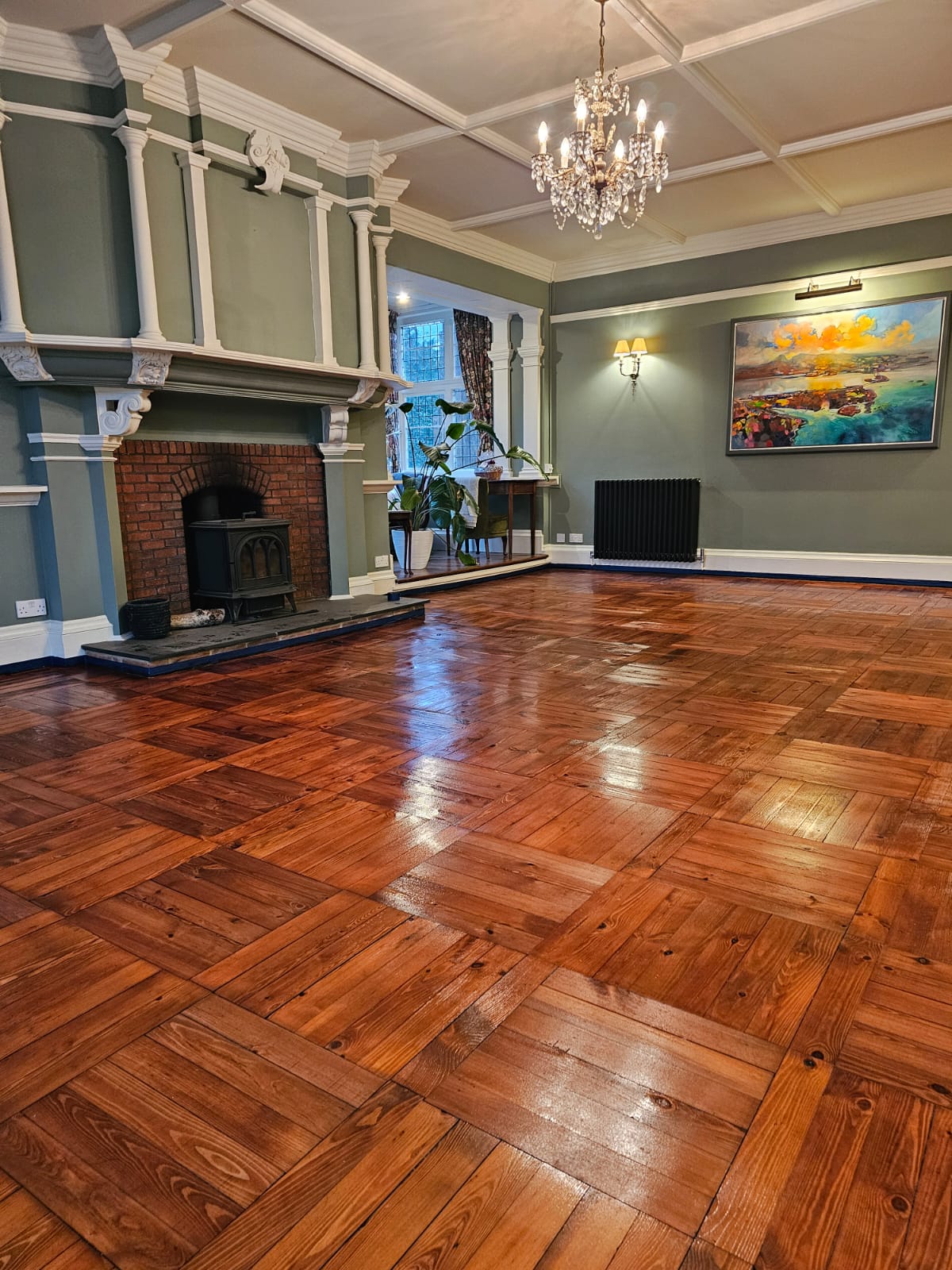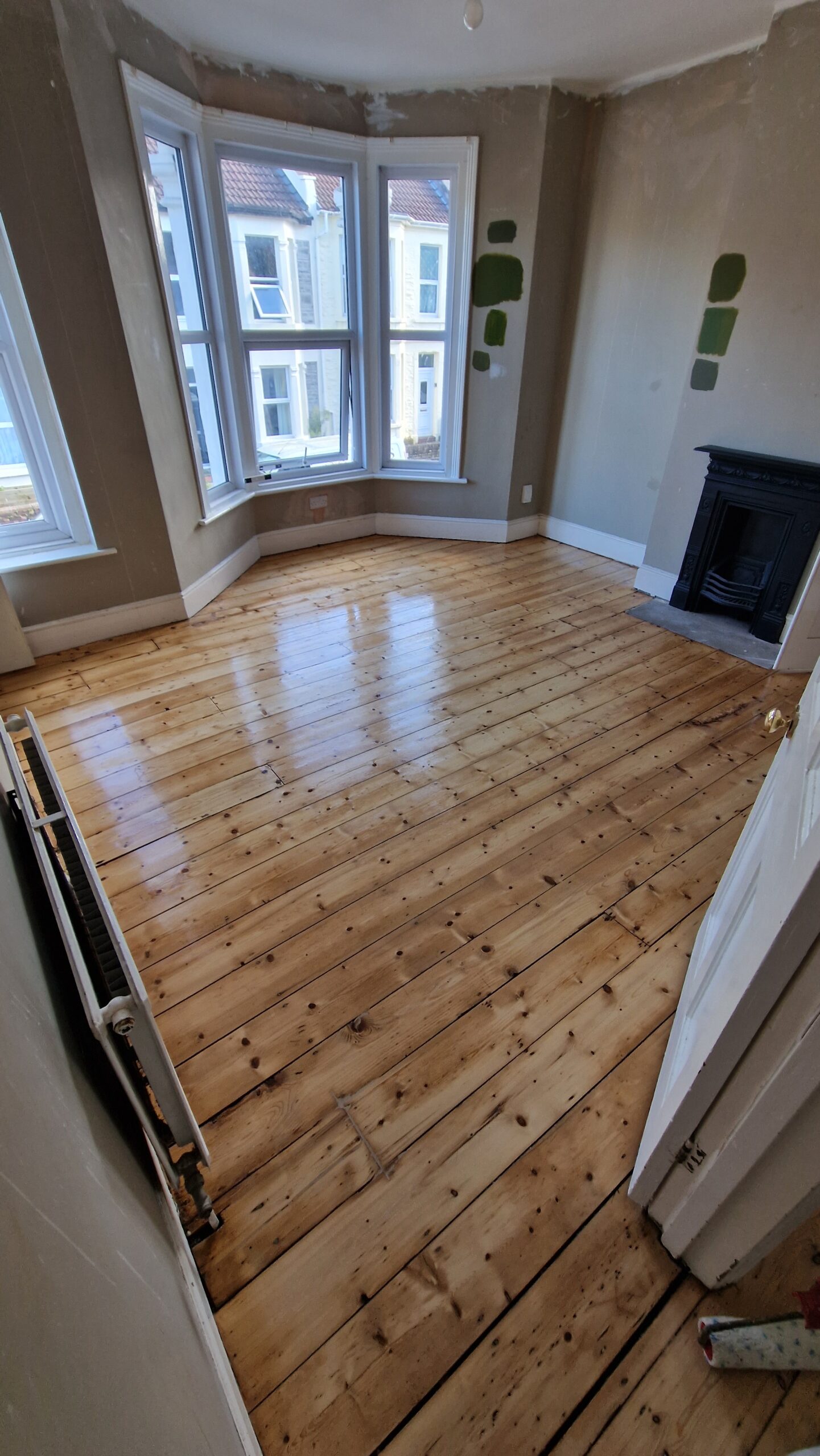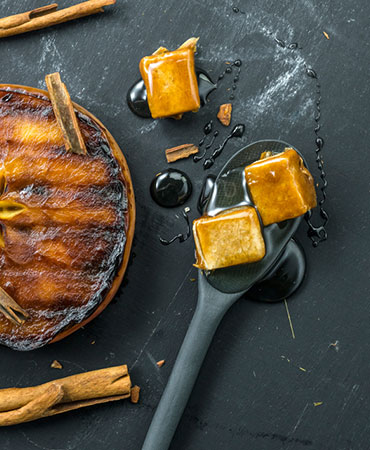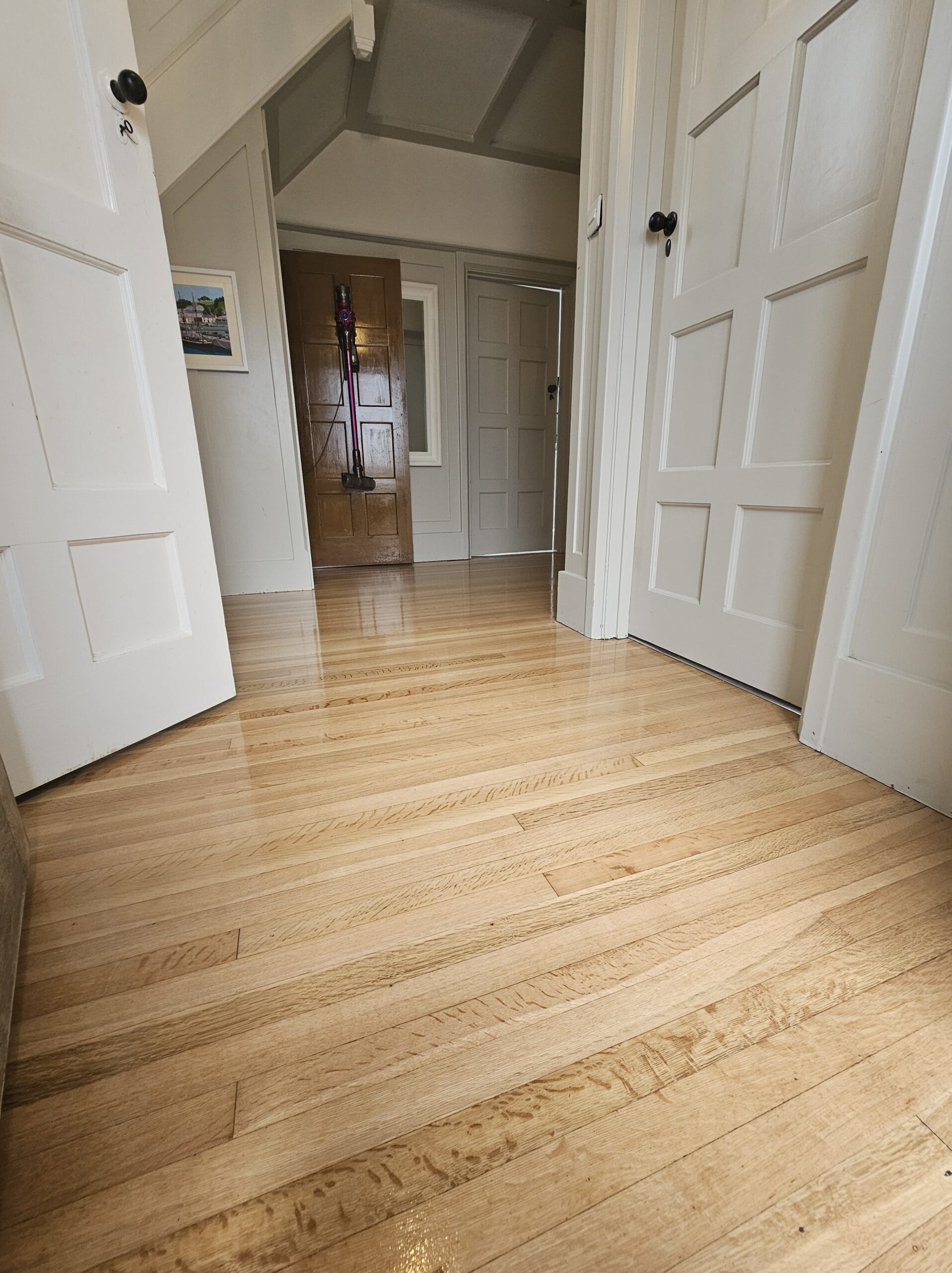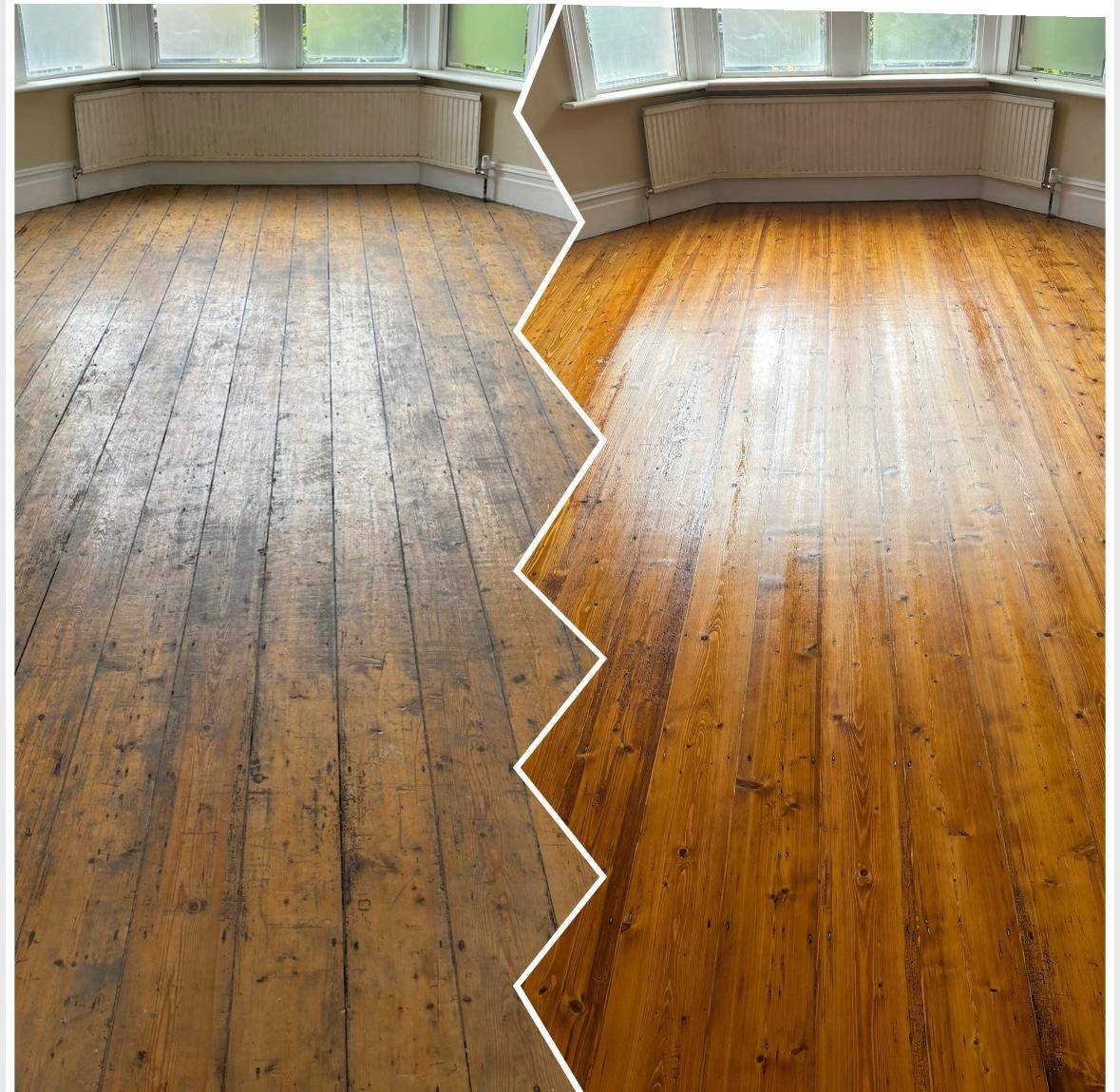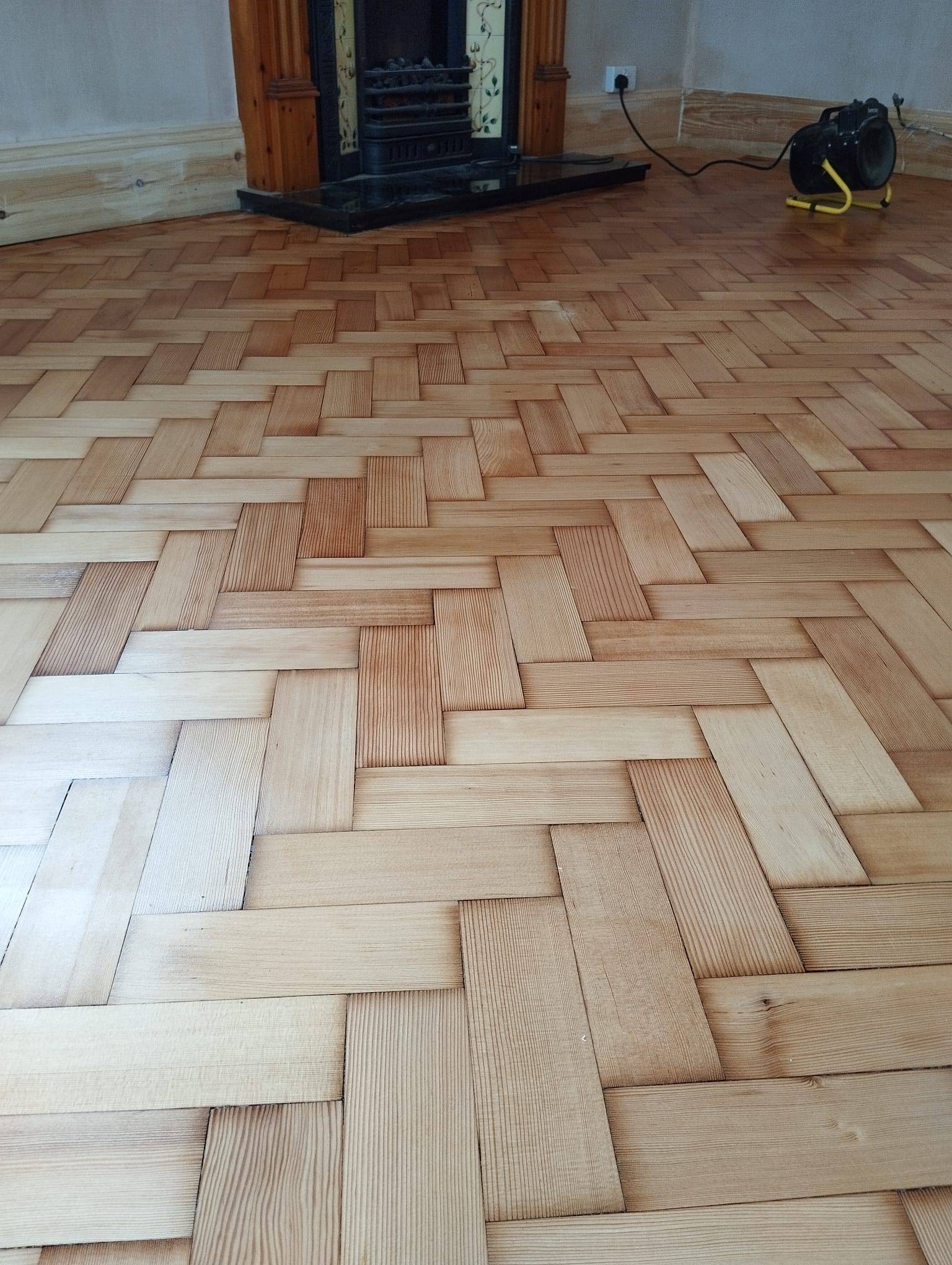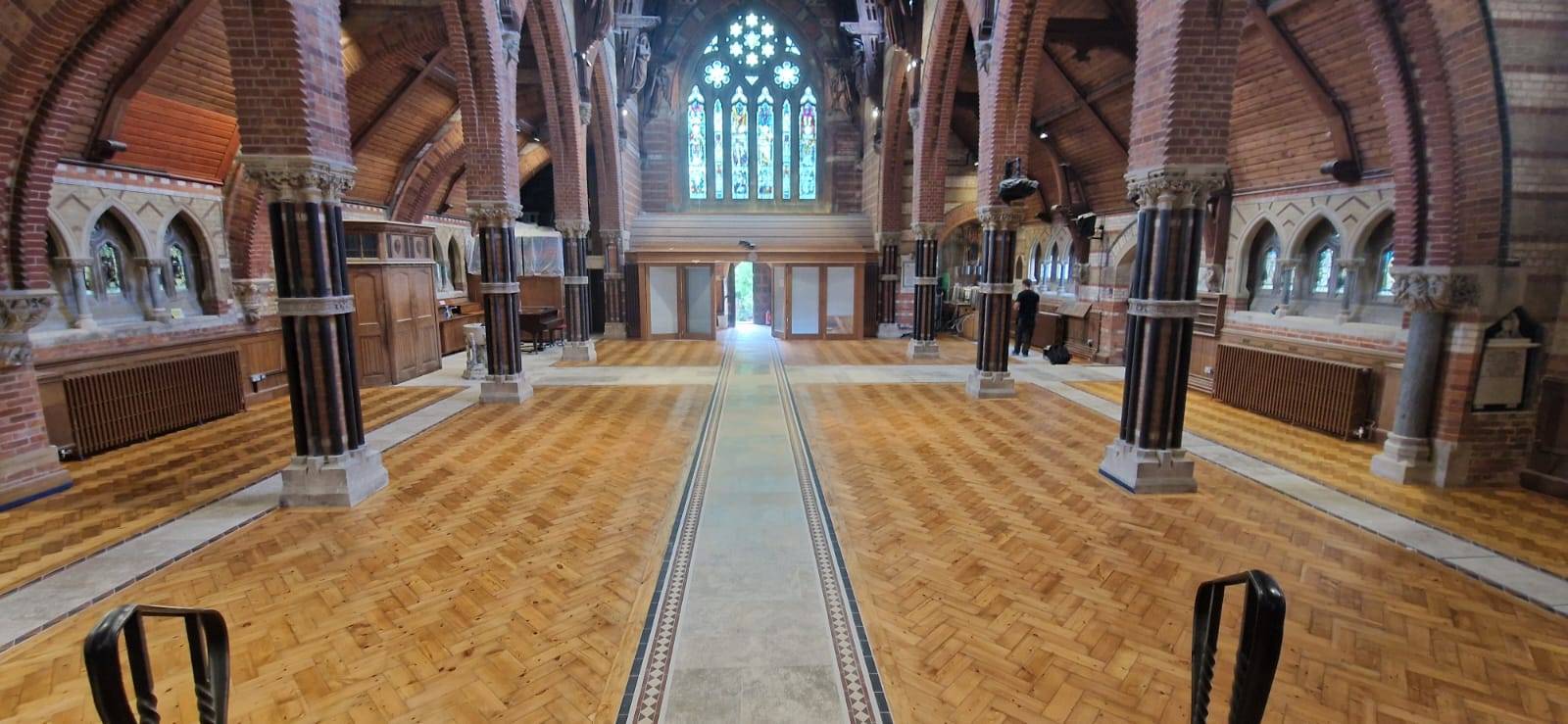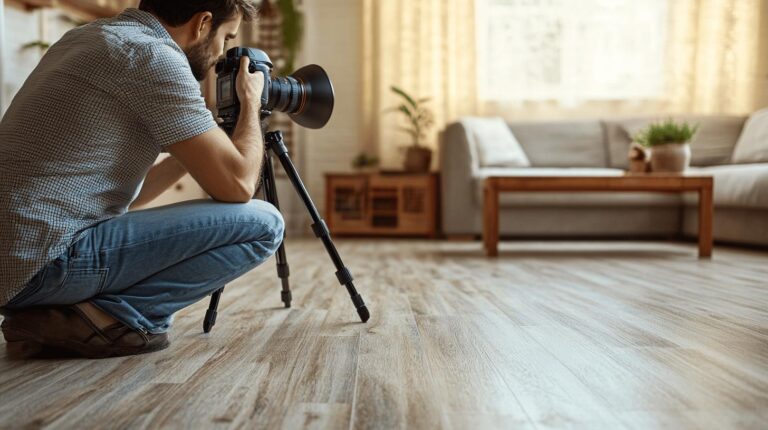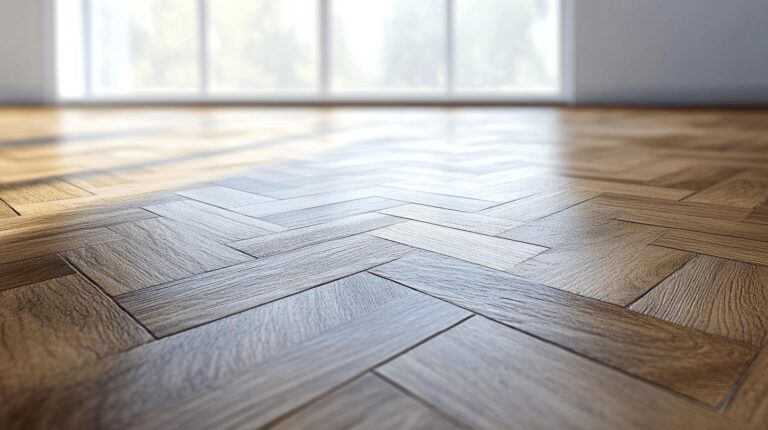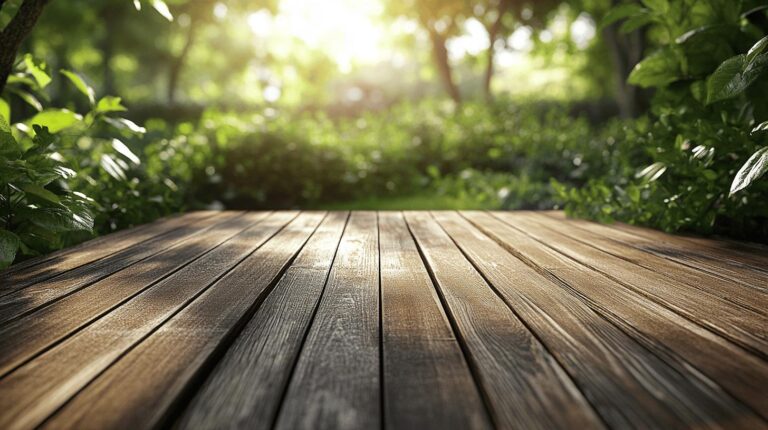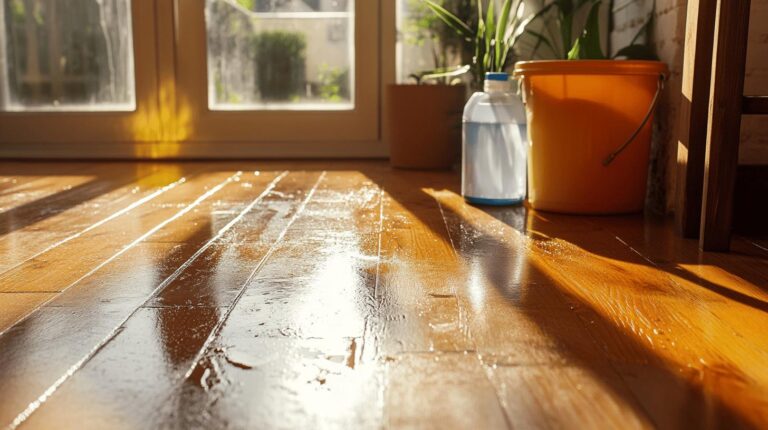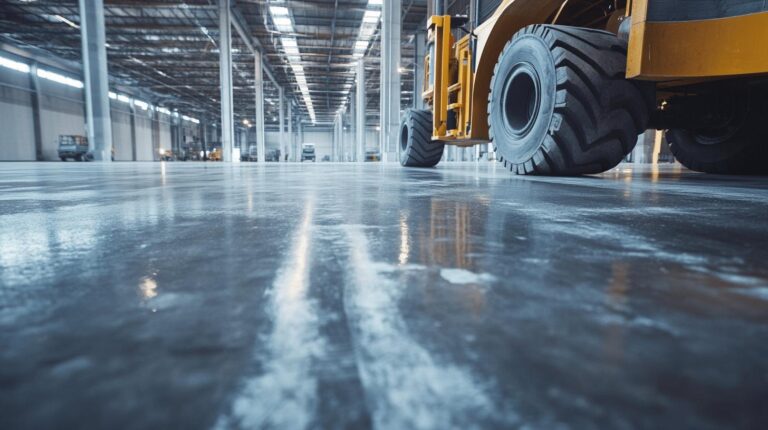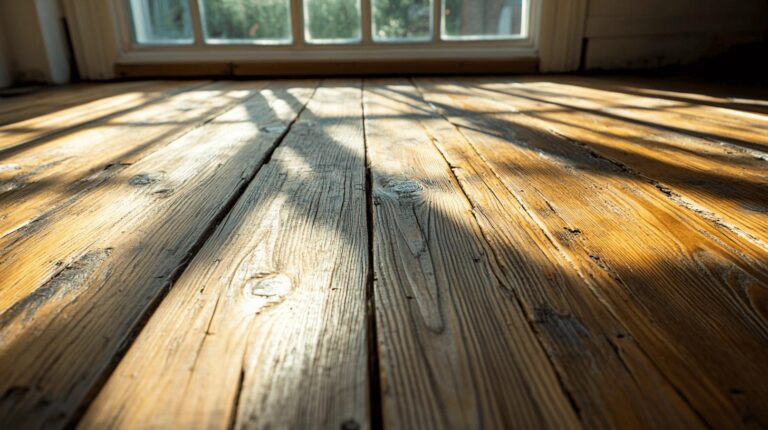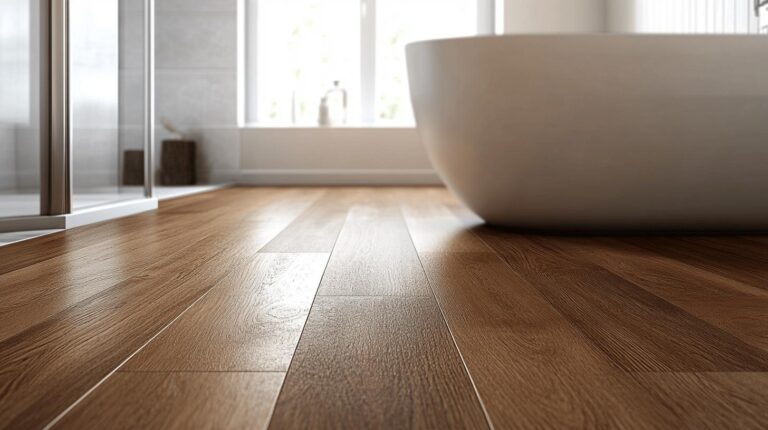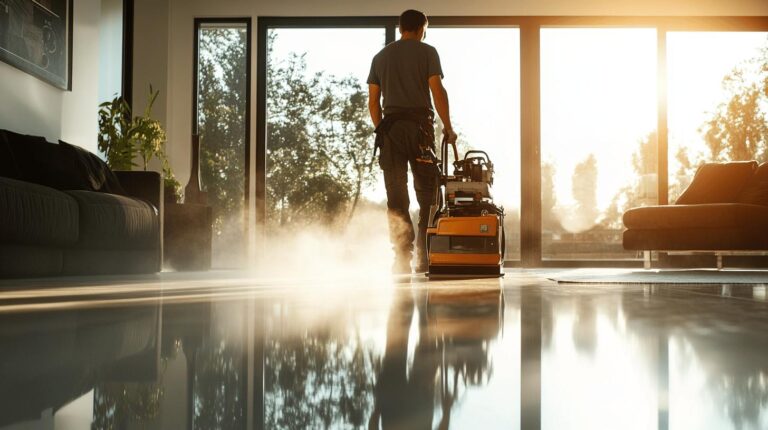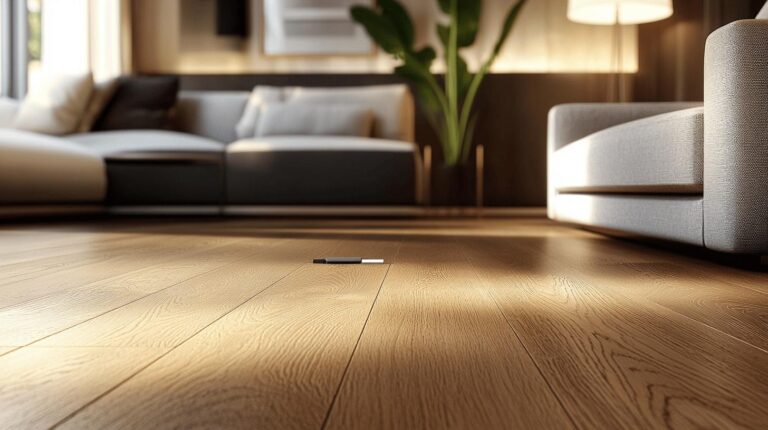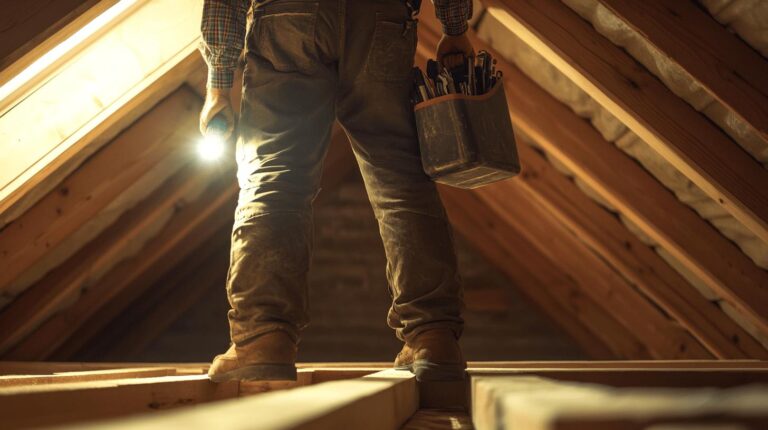What if your quaint, period wood floor could become as enchanting as the day it was installed? Many vintage homes hide beneath their everyday surfaces a historical marvel awaiting revival. “From Heritage to Modern: Transforming Period Wood Floors” explores the captivating journey of restoring heritage floors to fit contemporary living without sacrificing authenticity. From Georgian grandeur with its wide planks and marquetry to Edwardian elegance featuring teak and maple, this article delves into how restoration weaves history into modernity. Discover techniques, materials, and methodologies that bridge past craftsmanship with today’s design needs.
Understanding Period Wood Floors: A Historical Overview
Georgian and Edwardian wood floors are celebrated for their distinctive craftsmanship and the rich materials employed in their construction. During the Georgian era, which spanned from 1714 to 1830, the use of wide planks and intricate designs such as parquet and marquetry became prevalent. Commonly utilised woods include oak, mahogany, and walnut, chosen for their durability and aesthetic appeal. The Edwardian period, from 1901 to 1910, saw the introduction of teak and maple, reflecting the era’s expanded trade routes and increased access to exotic timbers. These floors were not merely functional but were integral to the decorative schemes of the time, showcasing the artistry and attention to detail that defined the period.
The cultural and architectural significance of Georgian and Edwardian floors is profound, as they represent a tangible connection to the past. In heritage properties, these floors contribute to the authenticity and character of the building, providing insight into the historical context and design preferences of the time. The intricate patterns and quality of materials speak to a period when craftsmanship was highly valued, and the aesthetic harmony of a home was meticulously curated. Preserving these floors is essential to maintaining the integrity of heritage sites, as they play a crucial role in telling the story of the property’s architectural evolution.
- Chevron pattern
- Herringbone
- Basketweave
- Versailles
- Checkered parquet
The Process of Restoring Period Wood Floors
Restoring period wood floors requires a meticulous approach, beginning with a comprehensive assessment to determine the extent of damage, structural weaknesses, and the presence of historical features that warrant preservation. This initial evaluation is crucial to formulating a restoration plan that respects the floor’s original artistry and craftsmanship. By identifying areas that require attention, restorers can prioritise interventions that maintain the floor’s authenticity while addressing any necessary repairs.
Initial Assessment
The initial assessment serves as the foundation for a successful restoration project. It involves evaluating the floor’s structural integrity, looking for signs of wear, damage, or previous repair attempts that may have altered its original state. This step is critical in identifying historical features that must be preserved, such as unique patterns or distinctive wood types, which contribute to the floor’s historical value. Understanding these elements allows for a tailored approach to restoration that respects the floor’s heritage.
Selective Repairs
Selective repairs are essential for conserving original materials and maintaining the historical integrity of period wood floors. Instead of replacing entire sections, careful repairs focus on addressing specific areas of damage, such as cracks, warping, or loose boards. This approach not only preserves the floor’s authenticity but also minimises the use of new materials, ensuring that the restored floor remains as true to its original construction as possible.
Refinishing Methods
Refinishing involves techniques aimed at reviving the floor’s appearance while respecting its historical character. Sanding is used to smooth the surface and remove old finishes, preparing the wood for subsequent treatments. Staining enhances the wood’s natural grain, ensuring it aligns with the floor’s original aesthetic. Polishing adds a protective layer that not only improves appearance but also extends the floor’s lifespan, maintaining its historical charm.
Final Touches
The final touches in the restoration process involve applying traditional finishes to uphold historical accuracy. These finishes, often derived from period-appropriate materials and methods, help to seal and protect the floor while maintaining its authentic look. The choice of finish can significantly impact the floor’s appearance and durability, making it essential to select products that complement the original style.
The success of period wood floor restoration hinges on the expertise of skilled professionals who understand the delicate balance between preserving historical elements and addressing modern needs. Their knowledge and craftsmanship are invaluable in ensuring that the restored floors not only reflect their historical origins but also meet the functional demands of today’s homes.
Balancing Historical Integrity with Modern Needs
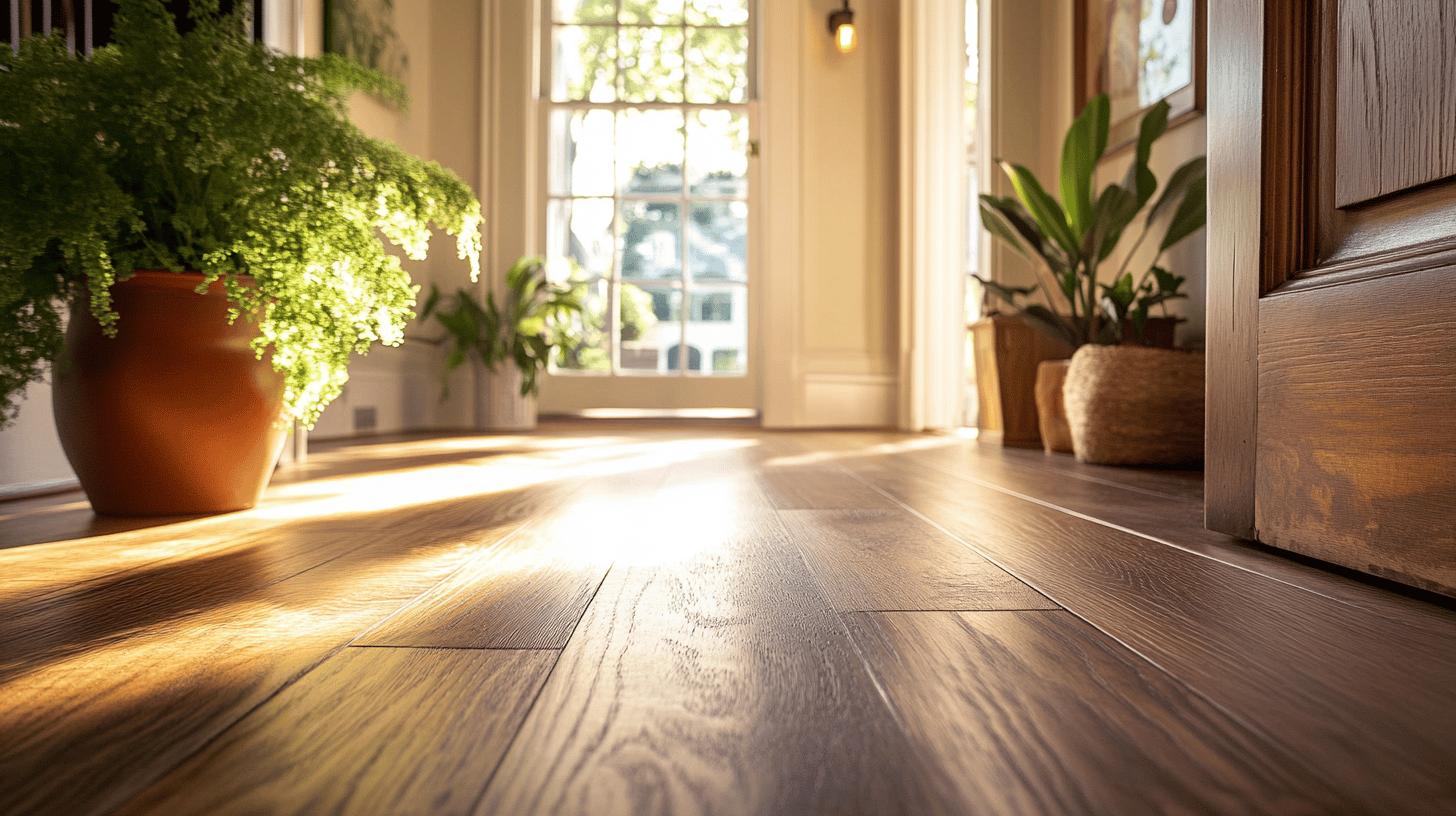
Integrating modern amenities into period wood floors presents unique challenges, primarily revolving around maintaining the historical features that define their character. A key concern is ensuring that any modern enhancements do not overshadow or compromise the original craftsmanship and aesthetic that these floors embody. For instance, introducing contemporary heating systems or lighting might necessitate alterations that could impact the floor’s structural integrity or visual appeal. The precision required in blending these elements demands a sensitive approach, ensuring that modifications are subtle and complementary rather than intrusive. The challenge lies in achieving a harmonious balance where the historical narrative of the flooring is preserved while meeting the functional needs of present-day living.
To ensure seamless transitions between period and modern design elements, it is crucial to adopt strategic planning and thoughtful execution. Begin by assessing which modern enhancements are truly necessary and how they can be integrated without detracting from the floor’s historical appeal. Utilising reversible techniques and technologies can offer flexibility, allowing for future adjustments without permanent changes. Selecting materials and finishes that harmonise with the original flooring aids in maintaining visual continuity. Moreover, consulting with professionals who specialise in period restorations can provide valuable insights into achieving a cohesive blend, ensuring that modern functionalities are introduced in a way that respects and enhances the historical integrity of the wooden floors.
Selecting the Right Materials and Finishes
Material authenticity is crucial when restoring period wood floors, as it ensures the preservation of the floor’s historical value and aesthetic integrity. The use of authentic materials helps maintain the original character and patina, which are significant to the heritage of the property. Reclaimed wood or materials from salvage yards provide a closer match to the original, allowing the restoration to seamlessly blend with existing features. This approach not only honours the craftsmanship of the past but also supports sustainable practices by repurposing materials.
Steps for Selecting Finishes and Materials:
Evaluate the condition of existing wood.
- Thoroughly assess the current state of the flooring to identify areas that may require replacement or repair.
Source reclaimed or matching wood from reputable suppliers.
- Seek out suppliers with a strong reputation for providing high-quality, reclaimed wood that closely matches the original material.
Select finishes that enhance the wood’s natural grain.
- Opt for finishes designed to highlight the wood’s inherent beauty while offering protection and durability.
Match finishes to the historical period style.
- Choose finishes that are consistent with the era in which the floor was originally installed, ensuring historical accuracy.
Using high-quality, period-appropriate materials offers numerous benefits, including enhanced durability and a more authentic restoration outcome. These materials ensure that the floor not only meets modern functional requirements but also retains its historical essence. By choosing finishes and materials that align with the original construction, homeowners can achieve a restoration that respects and preserves the property’s heritage while seamlessly integrating it into contemporary living spaces.
The Cost Implications of Floor Restoration
Restoring period wood floors involves various cost factors that can influence the overall budget. The extent of existing damage is a primary consideration, as more severe damage may require extensive repairs or replacement, increasing costs. Material quality and sourcing also play a significant role, particularly when authentic or reclaimed wood is necessary to maintain historical accuracy. This can lead to higher expenses due to the scarcity and specialised nature of these materials. The complexity of design and patterns further affects costs, as intricate designs demand more time and skill to replicate or restore. Additionally, professional fees and expertise are essential in ensuring a successful restoration. Skilled professionals with experience in period restorations can command higher fees, but their expertise is crucial for achieving a delicate balance between preserving historical elements and integrating modern needs.
- The extent of existing damage
- Material quality and sourcing
- Complexity of design and patterns
- Professional fees and expertise
Case Studies: Successful Period Floor Restorations
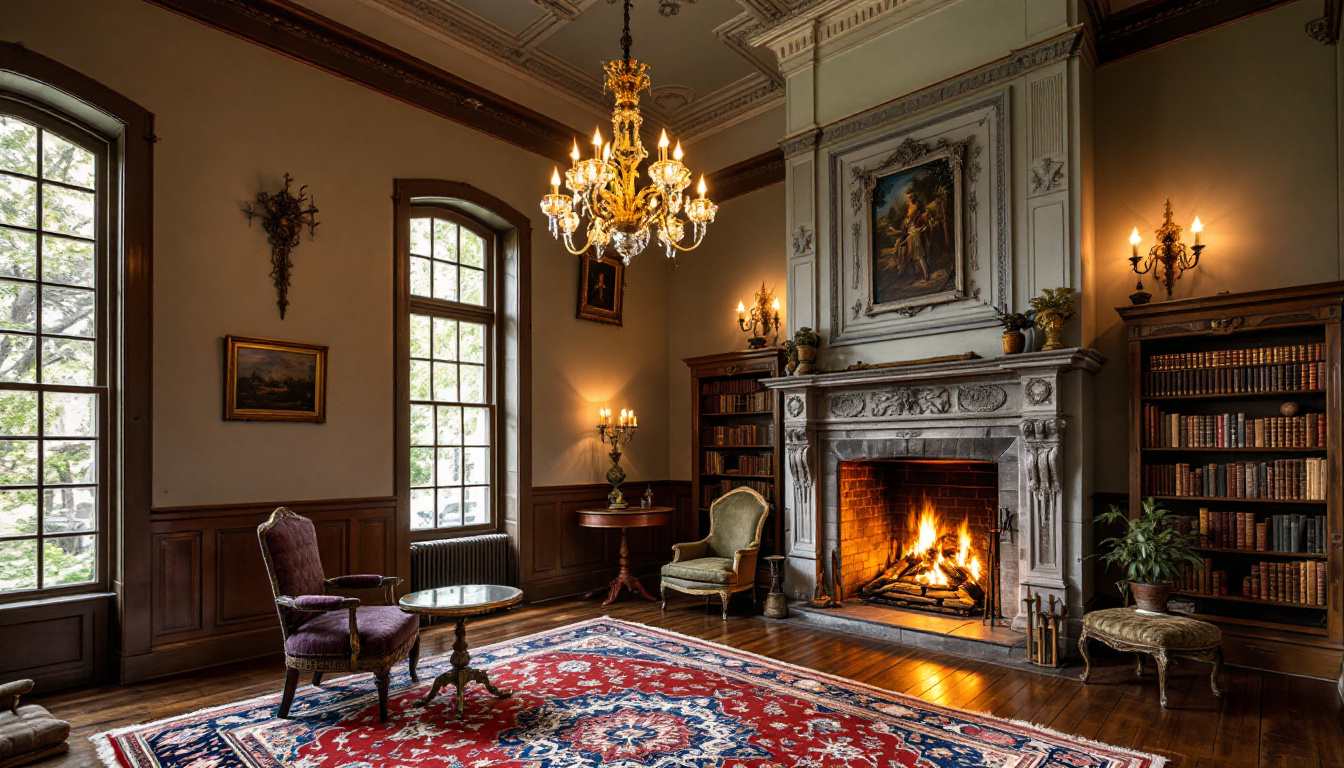
Examining real-world case studies of period floor restorations provides invaluable insights into the meticulous processes and expert craftsmanship required to transform heritage properties for modern use. These examples illustrate how skilled professionals navigate complex challenges, preserving historical integrity while enhancing functionality. The role of craftsmanship is paramount, as it ensures that restorations are not only aesthetically pleasing but also structurally sound, thereby preserving cultural heritage and potentially increasing property value.
Victorian Ballroom Restoration
In the restoration of a Victorian-era ballroom, addressing structural challenges was a critical first step. The floor, originally crafted from wide oak planks, had suffered from decades of wear and tear, leading to significant warping and instability. Expert restorers conducted a thorough assessment to identify areas requiring reinforcement, opting for carefully sourced reclaimed oak to maintain historical authenticity. The use of authentic materials was essential in ensuring that the restored floor was seamlessly integrated with the existing structure. By employing traditional techniques alongside modern engineering solutions, the restoration team successfully revitalised the ballroom, preserving its grandeur for future generations.
Edwardian Home Revitalisation
The Edwardian home revitalisation project focused on maintaining period aesthetics while incorporating modern functionality. The original floors, featuring intricate parquet patterns, were carefully assessed to determine the extent of damage and areas needing repair. The restoration process involved meticulous attention to detail, with expert craftsmen replicating the original patterns using custom-milled wood that matched the historical specifications. Modern enhancements, such as underfloor heating, were subtly integrated to improve comfort without compromising the floor’s historical character. This balance of old and new allowed the home to retain its period charm while meeting contemporary living standards.
These case studies underscore the importance of selecting skilled professionals, like Ryan’s Restoration, who possess the knowledge and expertise necessary to achieve successful outcomes. Their ability to honour the original craftsmanship while incorporating modern solutions ensures that restored period floors not only enhance the property’s aesthetic and functional value but also preserve its historical legacy.
Final Words
Restoring period wood floors, from their historical origins to the intricate restoration processes, requires an expert approach. Ryan’s Restoration combines meticulous assessment and selective repairs, balancing historical integrity with modern functionality. By selecting authentic materials and finishes, they maintain the charm and value of heritage properties.
Understanding the cost implications and learning from successful case studies, such as Victorian ballrooms and Edwardian homes, highlights the importance of skilled craftsmanship. Embracing From Heritage to Modern: Restoring Period Wood Floors for Today’s Homes ensures that these timeless pieces continue to enhance living spaces beautifully.
FAQ
Q: How do you make old hardwood floors look modern?
A: Making old hardwood floors look modern involves sanding and refinishing, choosing a contemporary stain, and incorporating stylish elements like minimalistic rugs or furniture to balance with the floor’s traditional features.
Q: What brings wood floors back to life?
A: Restoring wood floors typically includes sanding to remove the old finish, carefully repairing damages, and applying a new finish to enhance durability and appearance, making the floors vibrant and resilient.
Q: Is it worth restoring hardwood floors?
A: Restoring hardwood floors is often worthwhile as it preserves character, can increase property value, and costs less than installing new floors, particularly in heritage properties where authenticity is crucial.
Q: When can you sleep in a house after refinishing floors?
A: Typically, it is safe to sleep in the house 2-3 days after refinishing floors, following adequate ventilation to ensure that fumes and odours have dissipated effectively.
